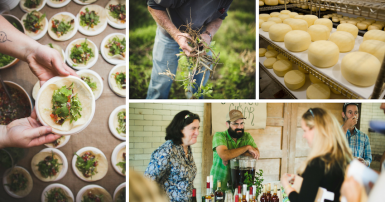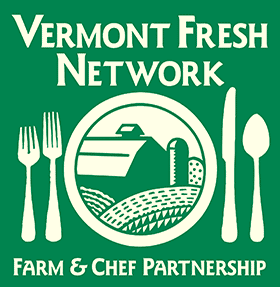Webinar: Working with a Professional Photographer
 June 6, 2018
June 6, 2018
- Working with a professional photographer
- Questions to ask
- How your images reflect your brand
- Tips on preparing for your shoot
- Building a seasonal content library
- Plus...time for your questions
Investing in professional photography
Often when people reach out to Brent they know they want to invest in professional photography, but don’t yet know precisely what they want/need or may not understand the process. This becomes part of the dialogue between photographer and client, so don’t worry if you don’t have everything figured out!
When you think about working with a professional photographer, you can break up the process into three sections: Pre-shoot (Planning and shoot preparations), Shoot (the actual production), and Post-shoot (photo editing and deliverables). Talk through each of these and find out what your photographer’s process (and cost) is.
Basic questions to get started
This article from Marketing Partners covers choosing a photographer, planning for a shoot, budget and other things to consider. It also goes into detail on factors that will influence cost: How to hire a professional photographer, the things to consider.
In general, some questions to ask are:
-
Custom quotes: what is your hourly rate? What might it cost to shoot our menu offerings? What would it cost to spend the day at our farm for a shoot?
-
What is your process?
-
How long is a shoot?
-
How will image rights be set up (see also later on this topic)?
Communicate your vision for the shoot
Photographers can help you with the vision for which specific shots you need to get, but the overall vision needs to begin with the client. Spend time building an inspiration board, look at Instagram, develop theme-based galleries, do outside research. When trying to develop your vision, look for examples of visuals that you like and that fit with your brand. This will help your photographer understand the look that you’re going for.
Photographers will ask questions about your specific goals for using the images in addition to the broader vision - defining the end result. Is it for print or website? That will help determine the composition and visual style. Have you spoken with your web designer? What images would work best on your site? These functional questions are important to answer.
Develop a plan for the day with your photographer
The whole process is a collaboration between client and photographer - the priority is what the client wants, but photographers can offer opinions and recommendations.
In many cases, it makes sense to have a defined shot list going in. Restaurants, in particular, are usually well served by a shot list. It is especially crucial when covering images for a new restaurant menu. A farm shoot can sometimes be more free form in photography coverage.
Part of the plan is being sure there’s enough space and time for the photographer. For example, a restaurant during the dinner hour may not be ideal.
Use the photographs you receive
For an overview, Community Capital of Vermont has a great guide for leveraging your professional photography. Small Business Marketing: Making the Most of Your Professional Photos. (.pdf)
The legal aspects of using photographs should be set up in the original contract. This includes whether you have the right to share the photo beyond its original use (just because you can post it on your website does not mean you have the power to grant another website - DigInVT for example - the right to use a photo). These details are something to ask your photographer. Brent offers a package of web and/or print image permissions. Each photographer has their own rights and copyright information.
Print media is commonly the first thing businesses think of for the highest quality professional photography. But the expectations for digital images have gone up a lot in the last few years. Good photography is important on your website, as these articles explain
You can also discuss using the photographs in social media. Instagram was made for food photography. It can also give a behind the scenes look at what you do. Here are some Instagram accounts that take it to the next level. In Vermont, the Instagram accounts of Vermont Creamery, Honey Road Restaurant, and Richardson Family Farm are all great examples of consistent brand image and staying true to a look and style.
Notes from previous webinars can be found on our blog.
